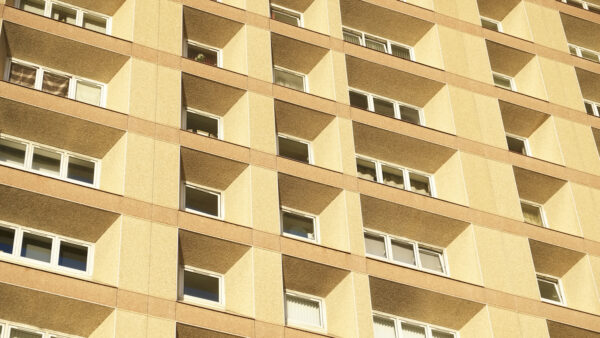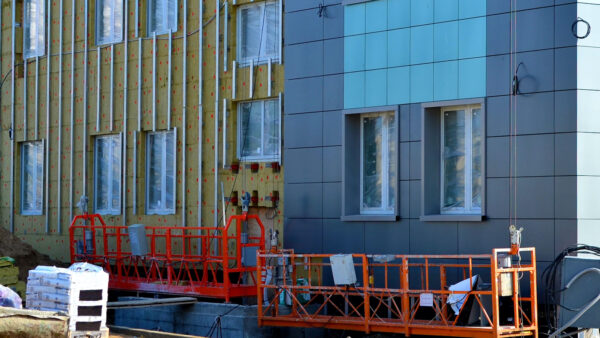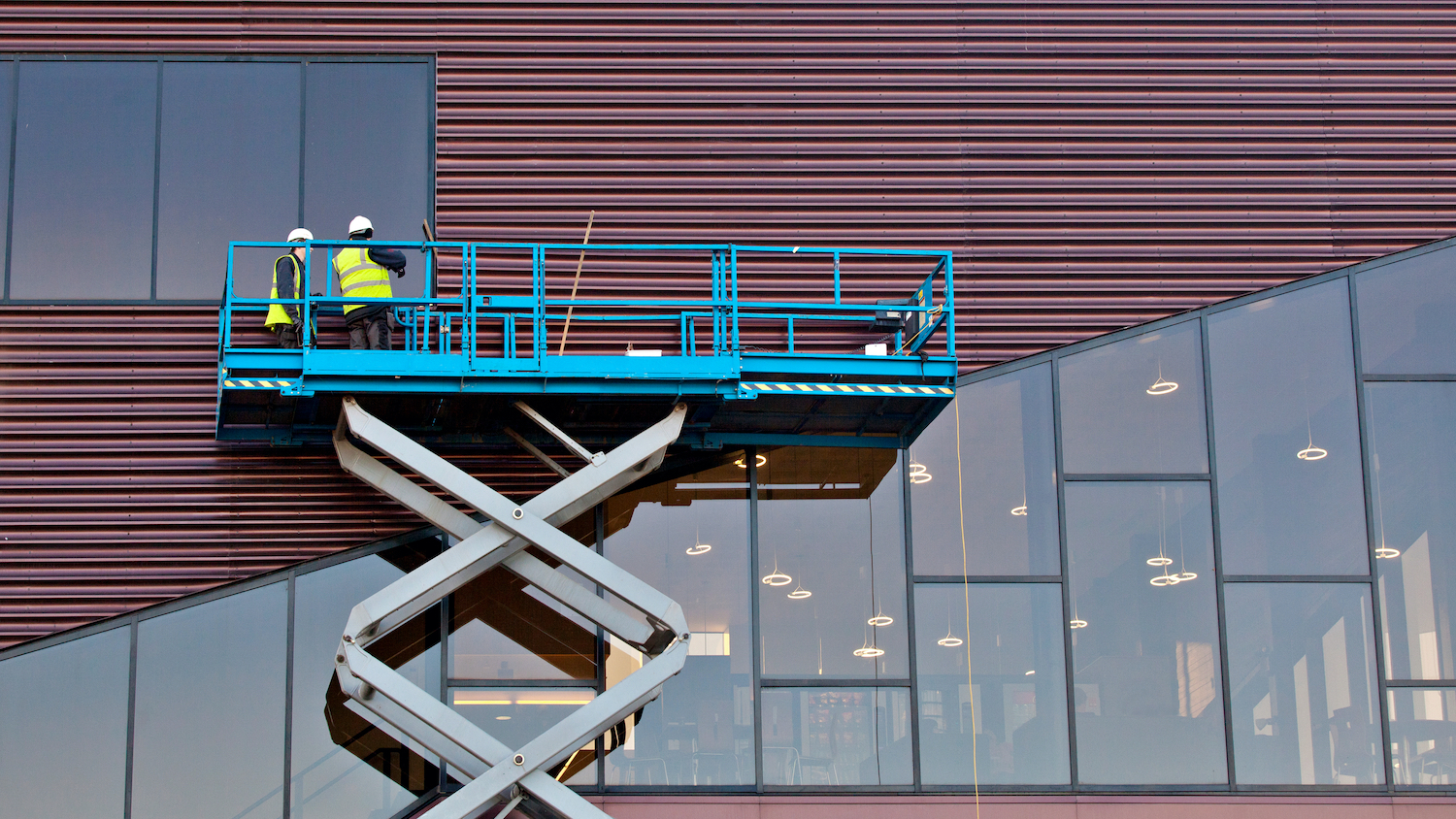The British Medical Association is calling on NHS Trusts and healthcare clients to prioritise design in building projects to assist patients recovery, Building Design reported.
According to a new report, the evidence shows that the architectural environment can significantly affect patients’ recovery times.
In contrast, poorly designed hospitals and surgeries can cause anxiety, delirium, high blood pressure and increased use of painkillers, the report says.
The report, entitled The Psychological and Social Needs of Patients, published this month, consolidates many pieces of existing research that together underline the link between design and patient recovery.
It was welcomed by John Cooper, chairman of Architects for Health, who intends to contact the BMA to show how better design could save the NHS money in the medium term.
“I will demonstrate that if you embody these findings into your design it might cost you a bit more but in revenue terms you will make savings after three to five years,” he said.
Alistair Cory, principal of Anglo-American architect NBBJ, which has a track record in healthcare design, said: “It’s great that an organisation like the BMA is not just recognising the importance of good design but shouting about it.
“I hope the report will encourage the appointment of someone senior on the client side as a design champion who can fight for the cause. We have found that to be critical.”
The report’s recommendations include designing out long corridors because nurses can spend up to 40 per cent of their time walking instead of caring for patients.
It also warns that patients should not be overcrowded and offer patients a variety of spacious, quiet, well-lit and well-ventilated spaces with pleasant views.
Researchers found patients hospitalised for depression stayed an average of 3.7 days fewer if they were given east-facing rooms exposed to morning light, compared to patients in west-facing rooms with less sunlight.
The report said: “Healthcare building design should extend beyond functional efficiency, marketing and cost. It should promote wellness by creating physical surroundings that are psychologically supportive.
“There is a developing evidence base on the psychosocial, and physical costs of not meeting [patient’s] needs, and on the positive effects of changing the way in which we care, and the environment in which we offer care.”










